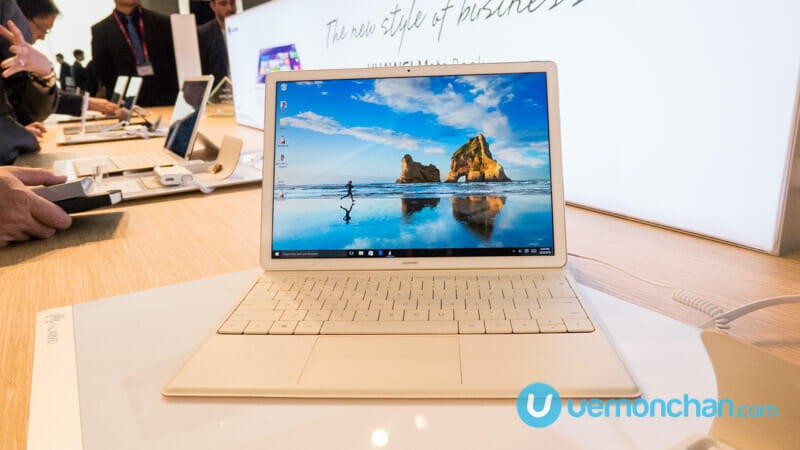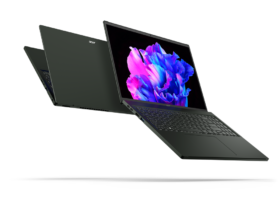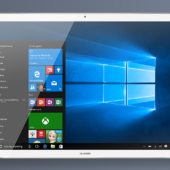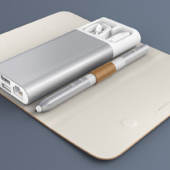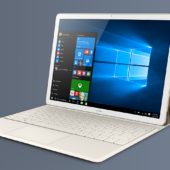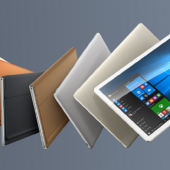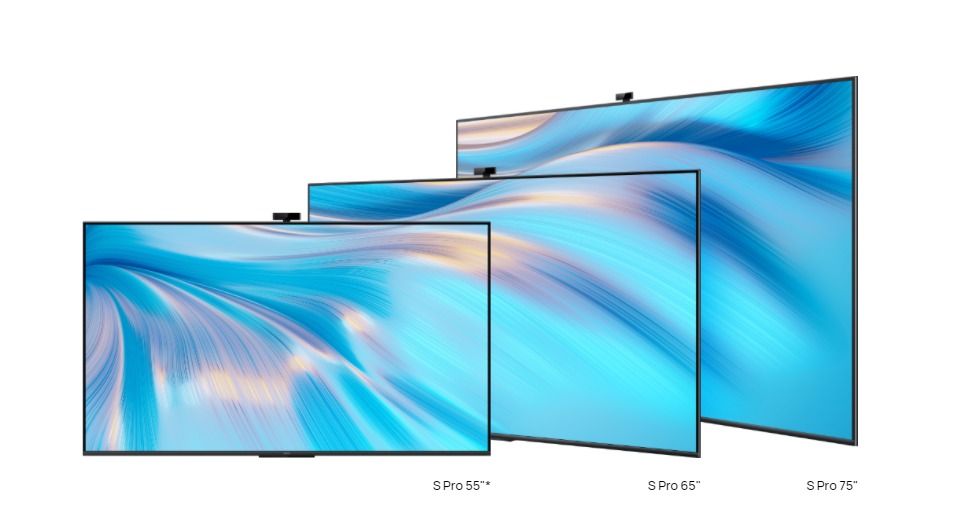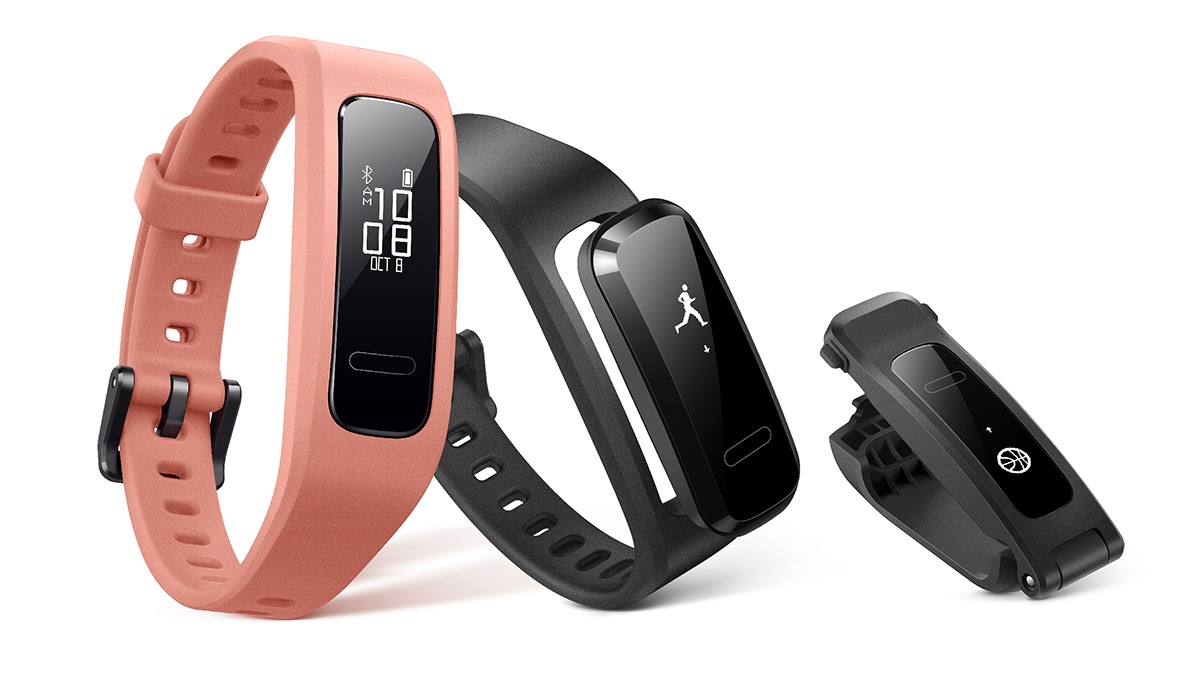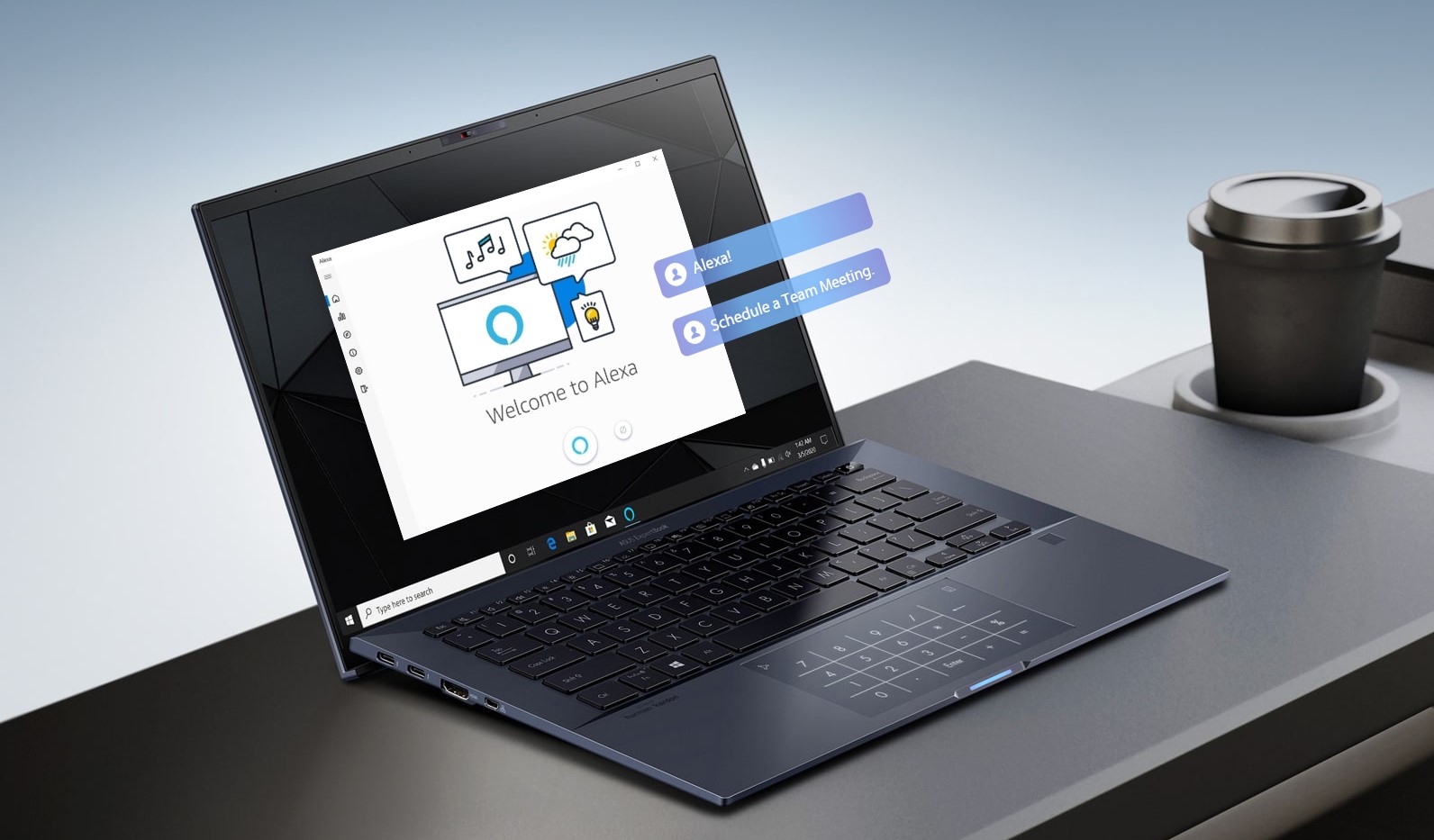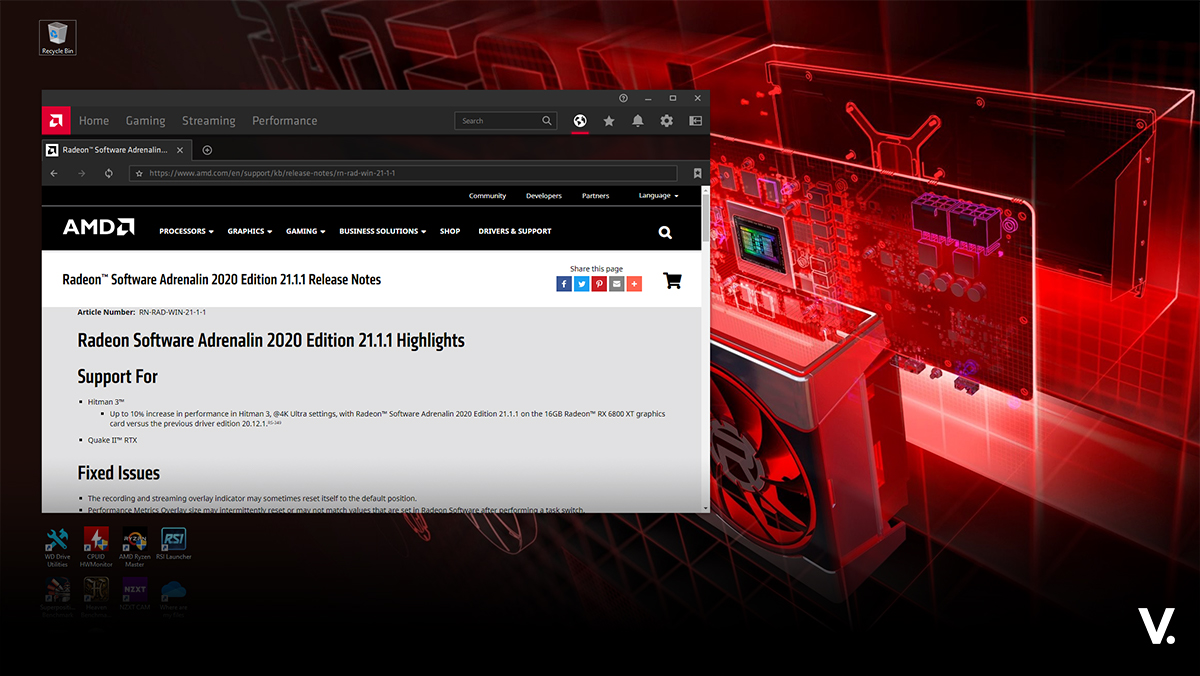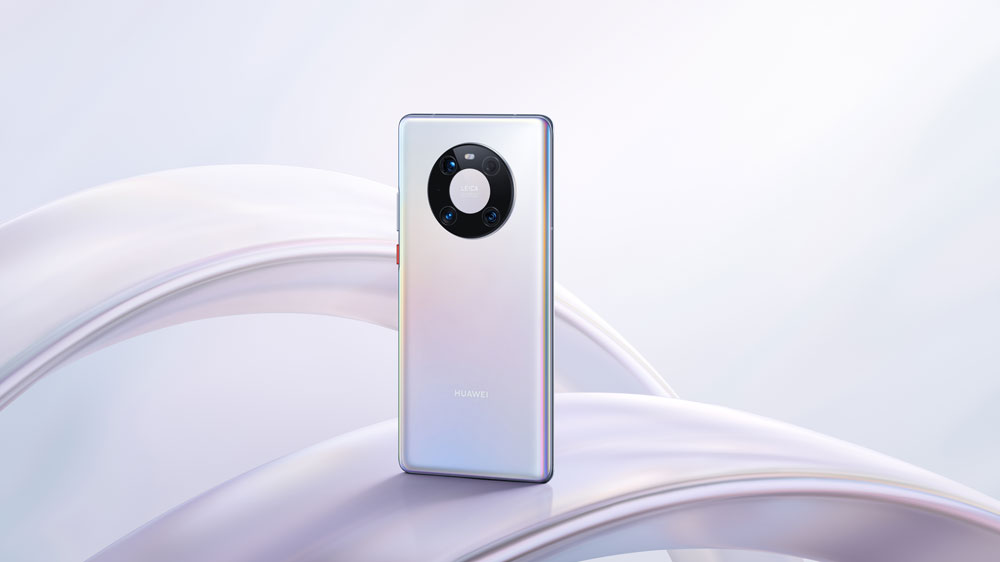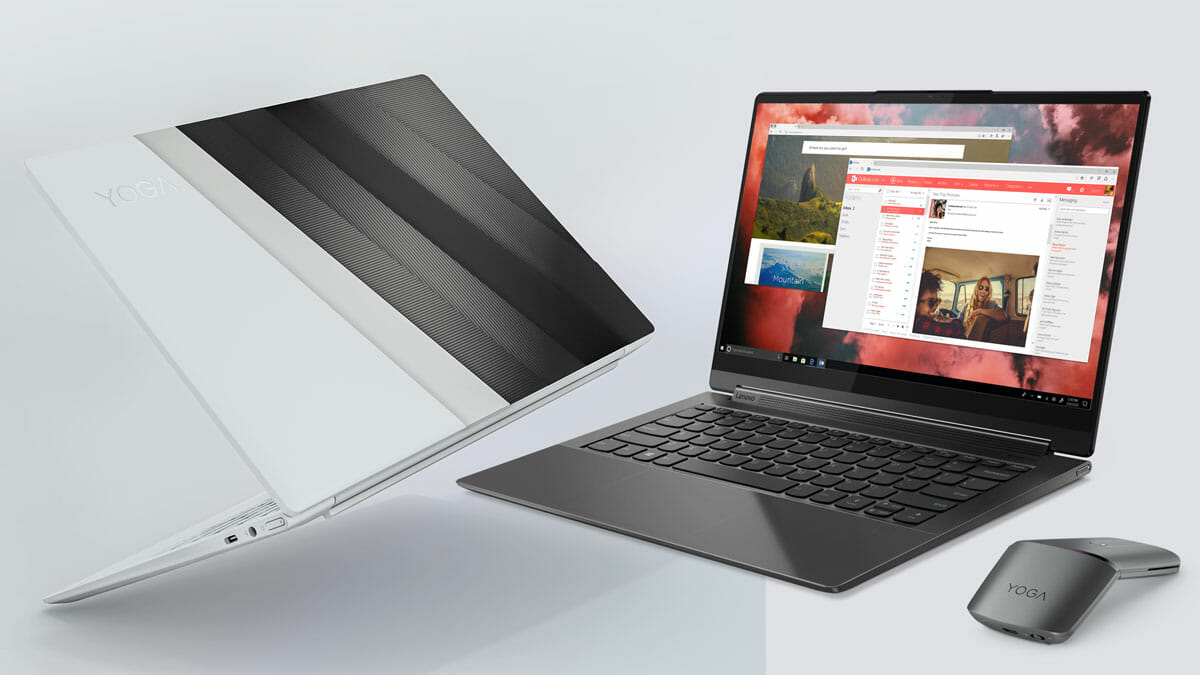When Microsoft first launched the Surface, there were plenty of naysayers and despite it garnering acclaim afterwards, it tanked in sales. Fast forward till today, the Surface is in its fourth iteration and it has carved a niche for itself, dominating the segment it helped create. While there are competitors and copycats, none has quite matched the original. Perhaps until now.
Unexpectedly, Huawei has dived into the PC segment, with its maiden effort – the MateBook, a 2-in-1 convertible notebook, right here at the Mobile World Congress. It is indeed quite a surprise, Huawei being best known more for its Android smartphones and tablets.
With that being said though, the MateBook is still quite an impressive first try for the company. The device is designed to meet the demands of customers that want a tool that is portable, stylish and allows them to stay connected in any setting.
Can the MateBook actually beat the Surface Pro 4 at its own game?
The MateBook is aesthetically pleasing and Huawei’s experience with creating superbly stylish smartphones and tablets clearly shines through. Designed with simplicity in mind, the MateBook has an air of minimalistic sophistication to it thanks to the sleek aluminium unibody. The aluminium body is also said to be strong enough to withstand the bumps and knocks of an on-the-go lifestyle.
What’s lacking is a dedicated kick-stand ala Surface, so it’s more alike iPad Pro or Samsung Galaxy Tab S, more than a Surface.
Nonetheless, it’s ultra-lightweight, tipping the scales at 640g, which is much lighter compared to the Surface Pro 4 (766–786g) and the iPad Pro (713–723g).
Although it weighs lighter than its competitors, the MateBook actually comes with a 12-inch IPS multi-touch display that is enhanced by an ultra-narrow frame and a screen-to-body ratio of 84%. The resolution of the display is 2,160×1,440, has a 160-degree wide viewing angle and also has a colour gamut that reaches an impressive 85%. All these mean higher details, crisper and clearer image quality, true-to-life colours and just a more immersive experience all round.
The MateBook runs on Windows 10 out of the box and is powered by a 6th Generation Intel Core m-series processor. It also offers up to 8GB of LPDDR3 memory and can be fitted with a solid state drive with capacities that go up to 512GB. Like most 2-in-1 devices these days, it also utilises the stacked hardware process that eliminates the need for a fan, ensuring that the device is always silent when in operation.
All that power and beautiful display would really come to nought if the MateBook doesn’t have enough juice to last it through the day. So to ensure that it delivers optimal performance throughout the day, Huawei has fitted it with a 33.7Wh high-density Lithium battery that has an estimated battery life that can provide users with nine hours of work, nine consecutive hours of Internet use and 29 hours of music playback.
What makes the deal even sweeter is not only does it feature Huawei’s exclusive power-saving technology but it is also able to reach full-charge in just 2.5 hours or 60% battery strength in just an hour.
Taking another page out of Microsoft’s playbook, the MateBook also features a keyboard case that is made out of soft PU leather and provides a decent protection to the tablet. The keyboard has a 1.5mm keystroke and chiclet keycap design, which gives it larger key surfaces to minimise typing errors. On top of that, the built-in touchpad uses multi-touch technology that supports smooth and precise finger movements, combining comfort and utility.
The keyboard reminds me of the Surface’s and I can’t say if it’s better or worse in terms of feel. The base did feel it could be sturdier though. The trackpad, though, is excellent – responsive and accurate.
For those who require precise control in the work that they do, the MateBook also comes with the MatePen stylus. This stylus offers 2,048 levels of sensitivity and is able to capture the user’s subtle and diverse pen-tip actions with zero delay.
The stylus is accurate, with handwriting and drawing feeling very natural. The MatePen can be charged via microUSB, so that means even via a powerbank. The only gripe is that there’s isn’t anywhere to store it with the MateBook. No fancy magnetic strip, no pocket on the keyboard case, nothing.
One final notable feature of the MateBook is its seamless data transfer capability that allows users to just drag-and-drop documents to and from Android smartphones. It can even act as a Wi-Fi mobile hotspot.
Look out for a quick hands-on impressions.
Pricing and availability
The Huawei Matebook will be available in Asia, Europe, and North America in the coming months and will be available in two elegant colours: grey and golden.
Below is the pricing of the MateBook and its accessories:
| Processor | RAM | SSD | ÙSD (excluding tax) |
| 6th Core™ m3 | 4 GB | 128 GB | US$699 (MYR2,950) |
| 6th Core™ m3 | 4 GB | 256 GB | US$849 (MYR3,585) |
| 6th Core™ m5 | 8 GB | 256 GB | US$999 (MYR,4217) |
| 6th Core™ m5 | 8 GB | 512 GB | US$1199 (MYR5,062) |
| 6th Core™ m7 | 8 GB | 256 GB | US$1399 (MYR5,906) |
| 6th Core™ m7 | 8 GB | 512 GB | US$1599 (MYR6,750) |
Accessories:
- Keyboard – US$129 (MYR545)
- MatePen – US$59 (MYR250)
- MateDock – US$89 (MYR375)
All photos shot on a Canon Powershot G3X.


